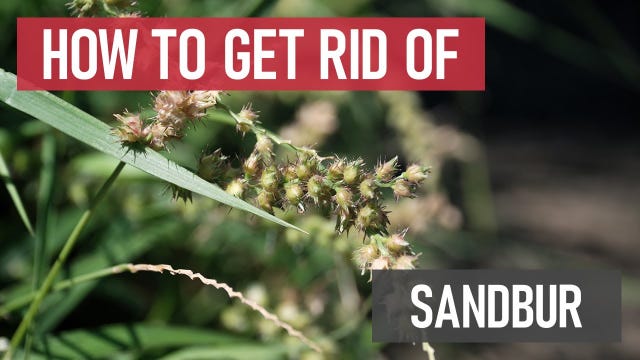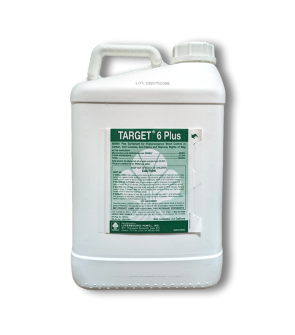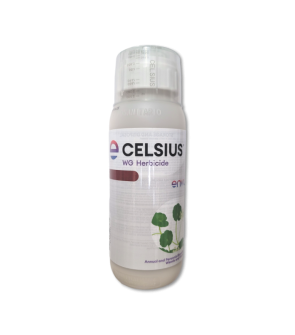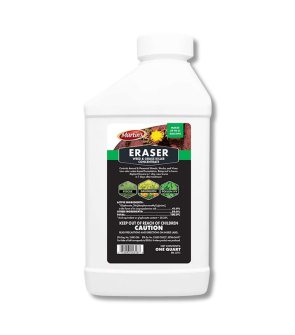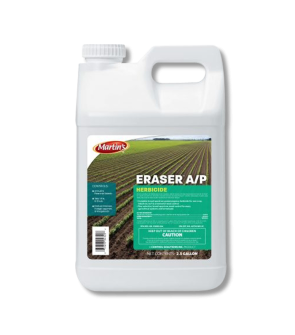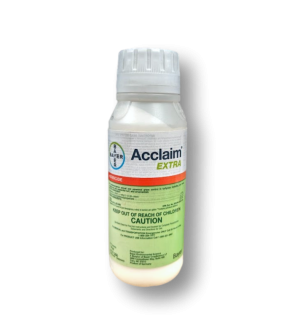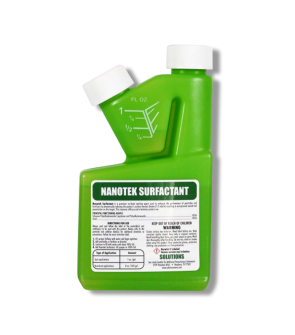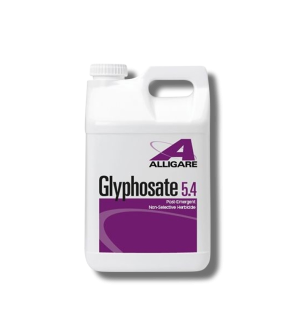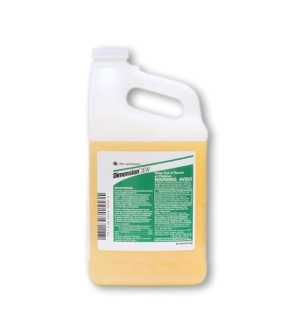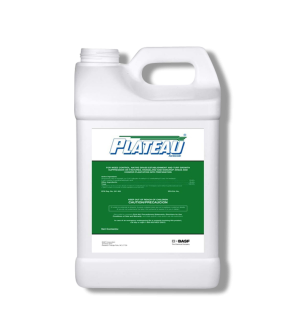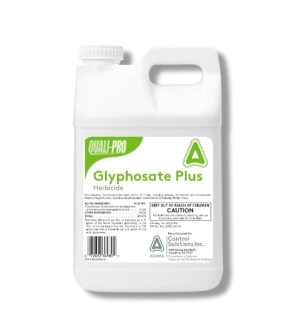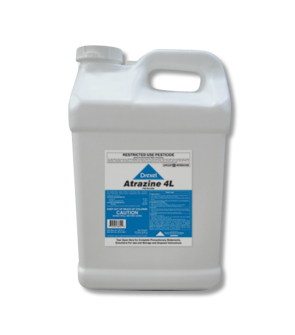Gain access to personalized product screening, the best pricing, rewards, and more!
Most Effective Products
Sandbur Control: How To Get Rid of Sandbur
This page is a general DIY guide for controlling sandbur. Using the recommended products and methods, you can control sandbur. Follow this DIY article and use the recommended products; we guarantee 100% sandbur control.
Sandbur, also called bur grass, bear grass, hedgehog grass, long spine sandbur, or field sandbur, is a grassy annual weed. It is a notorious invasive weed registered in 46 states as a noxious weed. The plant is part of the Poaceae family and looks like normal grass earlier in the year before maturing into the noxious plant we all know and hate.
Sandbur is most common in the southern part of the United States and in some states, such as Washington, DC, and Northern California. Perennial sandbur, a species that overwinters, has been discovered in Texas, Oklahoma, and New Mexico and has proven difficult to manage.
Although sandburs are versatile enough to grow in nearly every type of soil, they thrive the most in dry and sandy regions, which is why they get their name. The weed germinates in spring and continues through summer and fall until the first frost kills it off.
If you are encountering sandbur on your property, our DIY treatment guide will show you how easy it is to eliminate sandbur from your lawn with the help of our professional herbicide recommendations. Follow the directions below and apply the herbicide recommendations on the side to eliminate sandbur quickly and affordably.
Identification
Before breaking out the herbicides, ensure you correctly identify the weed you are dealing with, which is sandbur. Misidentification can lead to using the wrong herbicide, costing you time and money. Here are some descriptive traits on sandbur that can help you with identification:
- Sandbur is a grassy annual weed that is typically viewed as annual grass due to its appearance, but in reality, it is a noxious weed.
- This weed produces a spiny bur with needle-like barbs that cling to clothing and animal hair.
- The leaf blades are thin, flat, and usually lack hairs. The tips are sharply pointed. The grass blades can grow to varying lengths depending on the species, but the widths are no more than 1/4 inch.
- They are rolled in the bud directly attached to the floral stalk as seedlings. Young bur stages are green in color and change to yellow or brown when mature.
- From June to November, the sandburs bloom, and their inflorescences, or flowering structures, grow in spike formations. These terminal spikes are 1.25 to 5.5" long by 0.4 to 0.8" wide and have 4 to 20 burs.
Use our description and image above to help you to identify sandbur on your lawn. If you need help Identifying your weed, contact us, and we will properly ID the plant for you and give you the best product recommendations to control the weed.
Inspection
Once you have confirmed that you are dealing with sandburs, proceed with the inspection. It would help if you pinpointed where the sandbur is growing to determine where to focus your herbicide treatment.
Where to Inspect
Sandburs grow throughout the United States but thrive in dry, sandy soils. However, they are adapted to grow in other soil types if the area is open ground.
This weed is common in lawns, sports fields, parks, pastures, cropland, along roadsides, and other turf areas.
What To Look For
Sandbur seeds germinate when soil temperatures reach 52 degrees Fahrenheit and continue until June to November.
Depending on the species, sandburs can be seen vertically above the ground or form dense, thorny mats with branching stems that creep low to the ground.
Treatment
After identifying sandbur and inspecting where it is most active in your lawn, you can begin to treat your area. Be sure to wear the appropriate personal protective equipment (PPE) before handling or applying any product.
We recommend using Celsius WG Herbicide to get rid of sandburs on warm-seasoned lawns. This product offers broad-spectrum control of broadleaf and grassy weeds on many warm-season grasses.
If the sandburs are growing in cool-seasoned turf or where they shouldn't be, like sidewalks and other paved areas, we recommend treating them with Eraser 41% Glyphosate. This professional-quality herbicide is non-selective and will kill all vegetation, including sandburs and desired foliage.
For professional, non-residential areas, we recommend MSMA Target 6 Plus Herbicide. This concentrated herbicide will control sandburs and other weeds on cotton fields, sod farms, golf courses, and highway right-of-ways.
The best time to apply this product is early in the summer, when the plant is young and actively growing, as this is when it is most vulnerable to herbicides.
Step 1: Mix And Apply Herbicide

For spot applications with Celsius WG Herbicide, apply 0.085 oz. of product per 1 gallon of water per 1,000 sq. ft.
For maximum sandbur control, mix this product with a non-ionic surfactant. Nanotek Surfactant is a non-ionic surfactant that improves the adhesion and penetration of pesticides into target areas. Simply add 1 oz. of Nanotek Surfactant per 1 gallon of spray solution.
To use Eraser 41% Glyphosate, apply 2 1/2 oz. (5 tbs) of product per gallon of water per 300 sq. ft.
To control sandburs with MSMA Target 6 Plus Herbicide, use 1 fl. oz. of product per 1 to 2 1/2 gallons of water per 1,000 sq. ft. Do not apply this product when temperatures are between 80 and 90 degrees Fahrenheit.
For either of these products, we recommend mixing and applying your herbicide with a handheld or backpack sprayer.
If using Eraser 41% Glyphosate, label your sprayer explicitly for non-selective herbicides to prevent cross-contamination in the future.
Fill your sprayer halfway with water, then add a measured amount of herbicide. Pour the remaining half of the water into the spray tank. Close the spray tank lid and shake until the solution is evenly mixed.
Spray the sandbur preferably on a fan nozzle spray setting to ensure uniform, even coverage, but not the point of runoff.
To avoid spray drift when using Eraser 41% Glyphosate, place a cardboard box around the weed before spraying.
Step 2: Follow Up Application
When applied properly, affected weeds will yellow and begin to die.
Conduct a follow-up application if sandbur weeds remain present after the first treatment.
Reapply Celsius WG Herbicide when 2-4 weeks have passed after the first application.
Most treated weeds with Eraser 41% Glyphosate usually show initial symptoms in 2 to 4 days and complete kill in 1-2 weeks. Hard-to-control weeds that are not completely dead in 4 weeks may require a second application.
A second application, if needed, should only be applied 1 to 3 weeks after the first application of MSMA Target 6 Plus Herbicide for cotton. Apply only when cotton is 3 inches high, but no later than 6 inches high or early square, whichever comes first.
For sod farms, a second application of MSMA Target 6 Plus Herbicide should only be done if necessary. Only 2 broadcast applications are allowed per season.
For highway rights of ways, do not apply the second treatment prior to 10 days after the first treatment of MSMA Target 6 Plus Herbicide.
Prevention
Once you have removed sandburs from your lawn, you will need to implement some lawn maintenance practices that ensure this weed does not return.
- Prevent sandbur from reappearing on your property with a pre-emergent herbicide. Dimension 2EW Herbicide is a selective, pre-emergent herbicide concentrate that will protect your lawn, container/field-grown ornamentals, and non-cropland from grassy and broadleaf weeds like sandbur. Apply 0.73 fl. oz. of Dimension 2EW Herbicide per 1 gallon of water per 1,000 sq. ft. Fill the sprayer with half the amount of water, add in the proper amount of product, and then pour in the remaining half of water. Close the spray tank lid and shake until the solution is mixed. Broadcast the product over the treatment area until wet, but not to the point of runoff. Wait until 6 hours after application before watering the treatment area with 0.5 inches of irrigation.
- Proper lawn care maintenance combined with pre-emergent applications can prevent this weed. Mow when your turf is the appropriate height to maintain dense foliage, which helps choke out weeds. Rake up fallen plant debris to help gather burs and prevent them from spreading. Improve watering by adjusting it to 1 inch of irrigation once per week, preferably in the early mornings.
Key Takeaways
What are Sandburs?
- Sandbur is a common invasive weed in dry, sandy soils and patchy lawns and is known for the seedpod produced by the plant that can stick to clothing, pet fur, and prick skin.
How To Get Rid of Sandburs
- Our top products to treat Sandbur are Celsius WG for warm-seasoned lawns, Eraser 41% Glyphosate for cool-seasoned turf areas and other paved areas, and for professional non-residential areas like golf courses, sod farms, and cotton would be MSMA Target 6 Plus Herbicide.
Preventing Sandbur Reinfestation
- To prevent sandbur re-infestation, implement a good lawn maintenance routine (mowing, watering, fertilizer) that promotes a thick, healthy stand of grass. We also recommend using Dimension 2EW Herbicide as a pre-emergent form of control against sandbur.






